Cookies are used by websites to store information about you on your own computer. Each time the browser requests a page or other document, the request also includes the contents of this temporary file from the browser storage. Of course, you can also view the contents of cookies, this feature is provided in every popular browser.
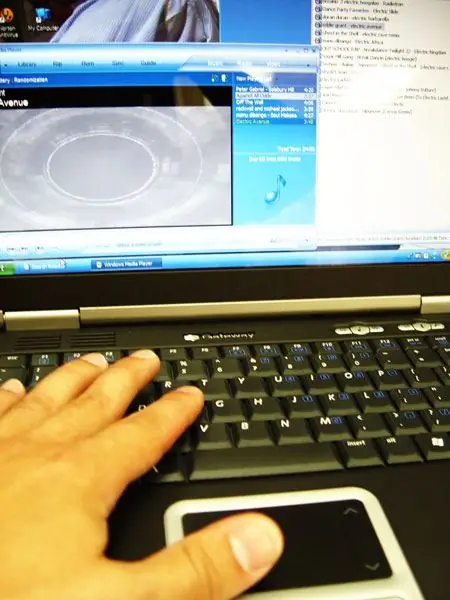
Instructions
Step 1
In the Opera browser, open the main menu, go to the "Settings" section and select the "General settings …" line. Or you can just press the hotkeys CTRL + F12. This will open the browser settings window, where on the "Advanced" tab you need to click on the "Cookies" section in the left pane. In it you need to click the "Manage Cookies" button.
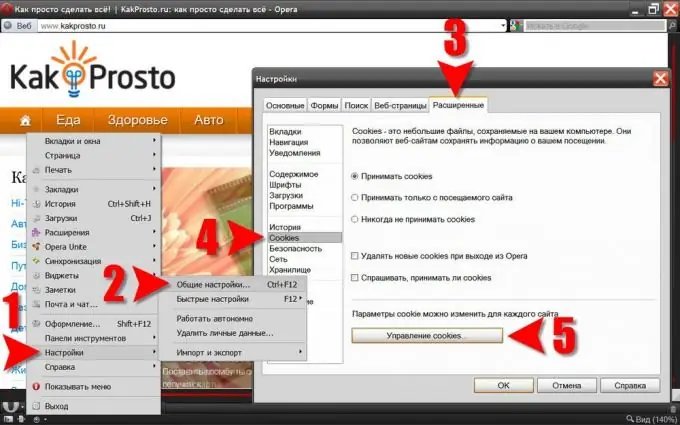
Step 2
Press the "Change" button after using the search box or simply browsing the list you find the desired entry. This button opens a form for viewing and changing the content of the record.

Step 3
In Mozilla FireFox, open the Tools section of the menu and select Options. In the settings window, you need to go to the "Privacy" tab, find there the button labeled "Show Cookies …" and click it to access the list of cookies stored by the browser. Here they can be searched and viewed.
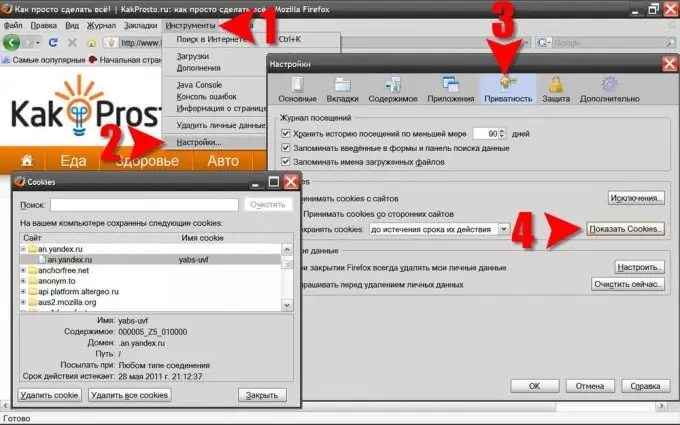
Step 4
In Internet Explorer, expand the Tools section of the menu and select Internet Options. In the Properties window, go to the General tab and click the Options button in the Browsing History section. In this way, you will open another window ("Temporary files settings"), in which you must click the "Show files" button.

Step 5
Click the "Name" column heading in the opened list of contents of the Internet Explorer temporary files storage folder - this way you can group all cookie files into one block in a common heap of heterogeneous files. Here you can find the file of interest and open it in standard Notepad for viewing or editing.
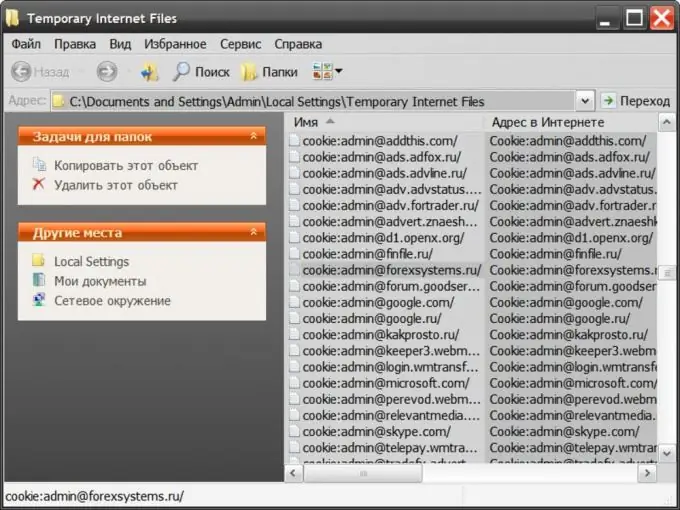
Step 6
In Google Chrome, click the wrench icon in the upper right corner of the window and select the "Options" line from the menu. The browser will open the Settings page, and you click the Advanced link in its left pane and on the Advanced Settings page, click the Content Settings button. This is not the last page on the path to cookies stored by this browser.
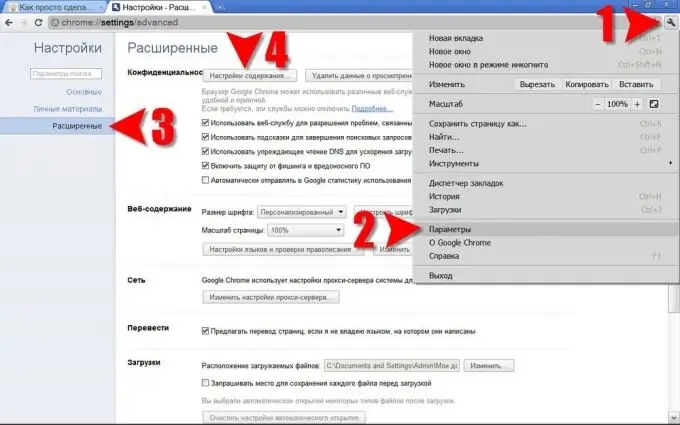
Step 7
Click the All Cookies and Site Data button on the next page and you will finally have access to the cookie list.

Step 8
Google Chrome provides the ability to search, view and delete cookies.

Step 9
In the Safari browser, click the gear icon in the upper right corner and select the "Preferences …" line. In the window for changing the settings, you need to go to the "Security" tab in order to click the "Show Cookies" button there. Safari provides only search and delete cookies, the contents of these temporary files can be seen here only partially.






